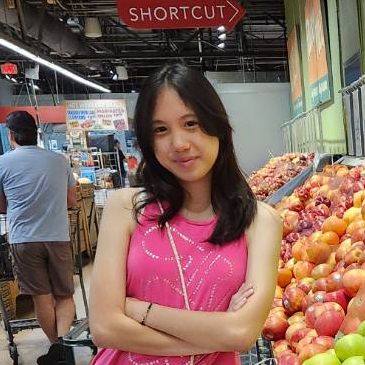Despite Sanfilippo syndrome’s high mortality rate and lack of a cure, when Sophie Liu ‘25 tried to discuss the genetic disorder with her peers, she realized that none of them actually knew what it was. Determined to raise awareness about the fatal condition, Liu and her HOSA partner Jenny Yun ‘25 began a fundraiser for Sanfilippo syndrome research as part of their HOSA project, Journey for Tomorrow. They raised almost $200 in the past week alone.
Liu and Yun learned about Sanfilippo syndrome from their summer volunteering experiences with the Children’s Association for Maximum Potential (Camp CAMP), a camp for kids with disabilities, where they worked with young children with Sanfilippo syndrome whose motor skills hadn’t yet significantly regressed.
“At camp, we interacted with lots of kids with different kinds of disabilities and got to experience the kind of world they live in,” Yun said. “We were able to learn what type of impact this disability had on their lives and how they had prejudices against them. We became friends with them and we wanted to help them live a better life despite their disabilities.”
According to Liu, Sanfilippo syndrome is a chronic genetic disease that affects metabolism. When children affected by Sanfilippo syndrome reach around 10 years old, they begin to lose their hearing, speech, and motor skills. Later on, they can also experience seizures, among other symptoms.
“[Sanfilippo syndrome] is a form of childhood dementia, so when these children are first born, it’s impossible to notice this disease, and that’s why early diagnosis is so important,” Liu said. “Since birth, the early symptoms can be similar to autism, so very few people expect it to be life-threatening. But most people with Sanfilippo syndrome die before the age of 20, so that’s why it’s such a life-threatening disease.”
Despite its severe impacts, Liu believes there is a low general understanding of the condition because it doesn’t affect millions of people, like cancer or Alzheimer’s disease. Additionally, it is genetically inherited, so it rarely occurs in people whose families aren’t affected by the genetic mutation.
“[Sanfilippo syndrome] still impacts over 10,000 people worldwide,” Liu said, “but there’s a lack of organizations that support it [and] people advocating for this cause.”
In order to raise awareness, Liu and Yun reached out to people through social media, creating an Instagram page that shares both medical details about Sanfilippo syndrome and information about their fundraiser. They also plan to start posting videos on their YouTube channel, which will include recorded virtual workshops, during which the two HOSA students will present presentations to educate people about Sanfilippo syndrome.
“We have flyers and we’re also planning to use word-of-mouth advertisements to help promote our workshop to people around the school and all over,” Liu said. “Everyone is free to attend.”
Originally, Liu and Yun faced challenges bringing in engagement for their social media accounts due to several other HOSA projects occurring at the same time – especially since many other HOSA students sought to raise money for widely known conditions that most people already know the significance of.
“Because of the lack of engagement on social media, it was hard to start off and get orders to support our fundraiser,” Liu said, “but then we adapted and started actively promoting our fundraiser. Now we’re bringing in a lot more funds than we did initially.”
The HOSA partners used their social media presence to encourage people to contribute to their fundraiser, collecting donations online and through connections to friends and other community members. They also baked cookies to raise additional money. The funds they collect will be donated to research centers for gene therapy and enzyme replacement therapy. Liu hopes that these funds will contribute to researchers finding a cure for Sanfilippo syndrome.
“At first, we wanted to take this fundraiser a lot slower, but make a larger impact in the long run,” Liu said, “but we experienced so much support, even in the very beginning. We are very appreciative [of] the support.”
According to Yun, the project required a combination of her and Liu’s skill sets. It was also a demonstration of their collaboration, because they both went through the same experiences at the camp, fueling their passion for their project. Going forward, the partners agree that they want to continually adapt their project.
“In the future, we want to spread our fundraiser [beyond] the greater Austin area so we can impact a larger community,” Liu said. “We want to make it so that people all over the nation are educated about this.”

![Posing with a cookie and flyer, Sophie Liu '25 makes up half of Journey for Tomorrow, a HOSA project that aims to raise funds for Sanfilippo syndrome research. To encourage donations to their cause, Liu and her HOSA partner, Jenny Yun '25, created flyers, fundraisers, and social media accounts. "[Funds are] going towards genetic research for gene therapy and enzyme replacement therapy so that there can be a cure for Sanfilippo," Liu said.](https://westwoodhorizon.com/wp-content/uploads/2024/01/Screenshot-2024-01-14-11.27.03-PM.png)
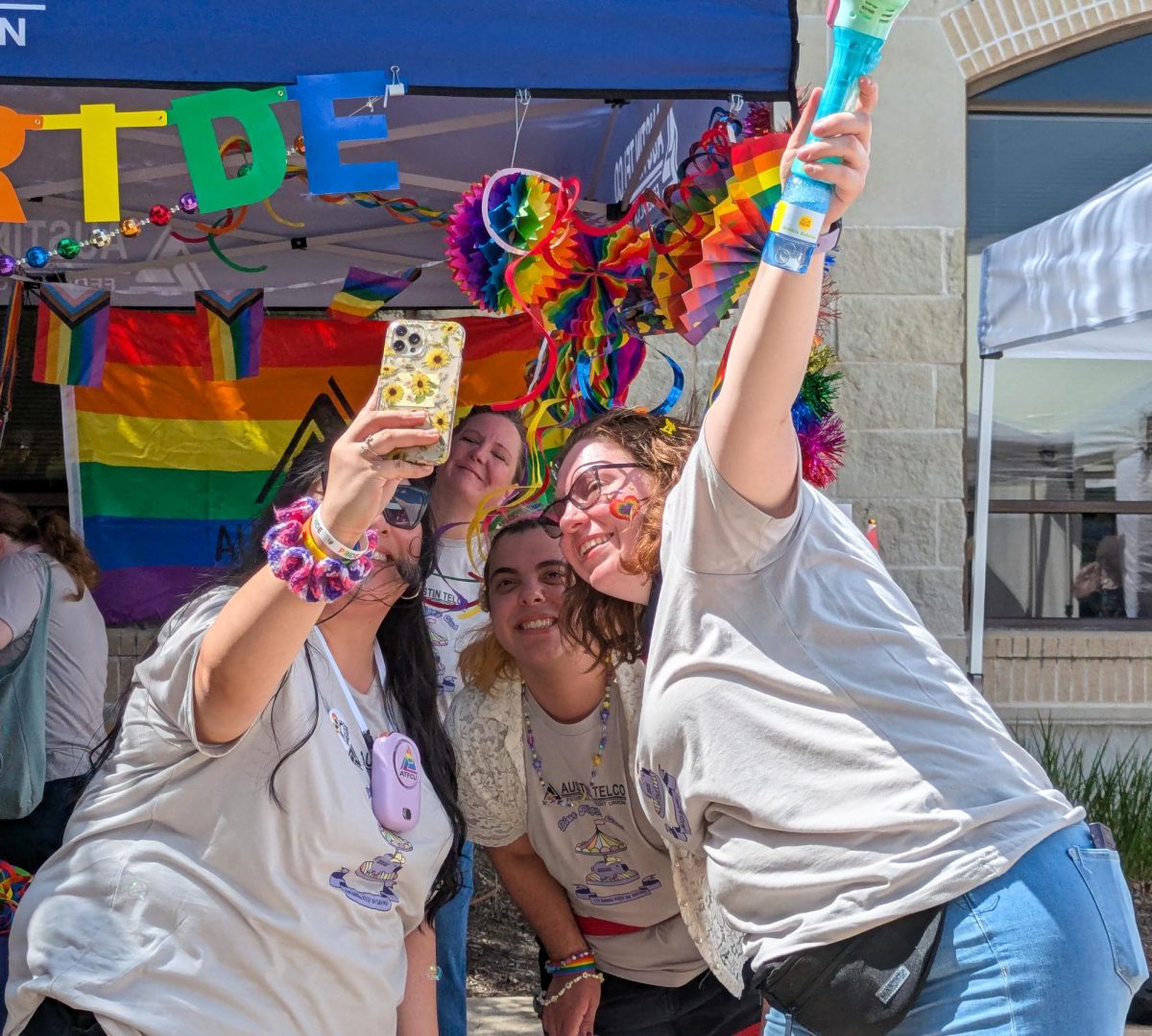
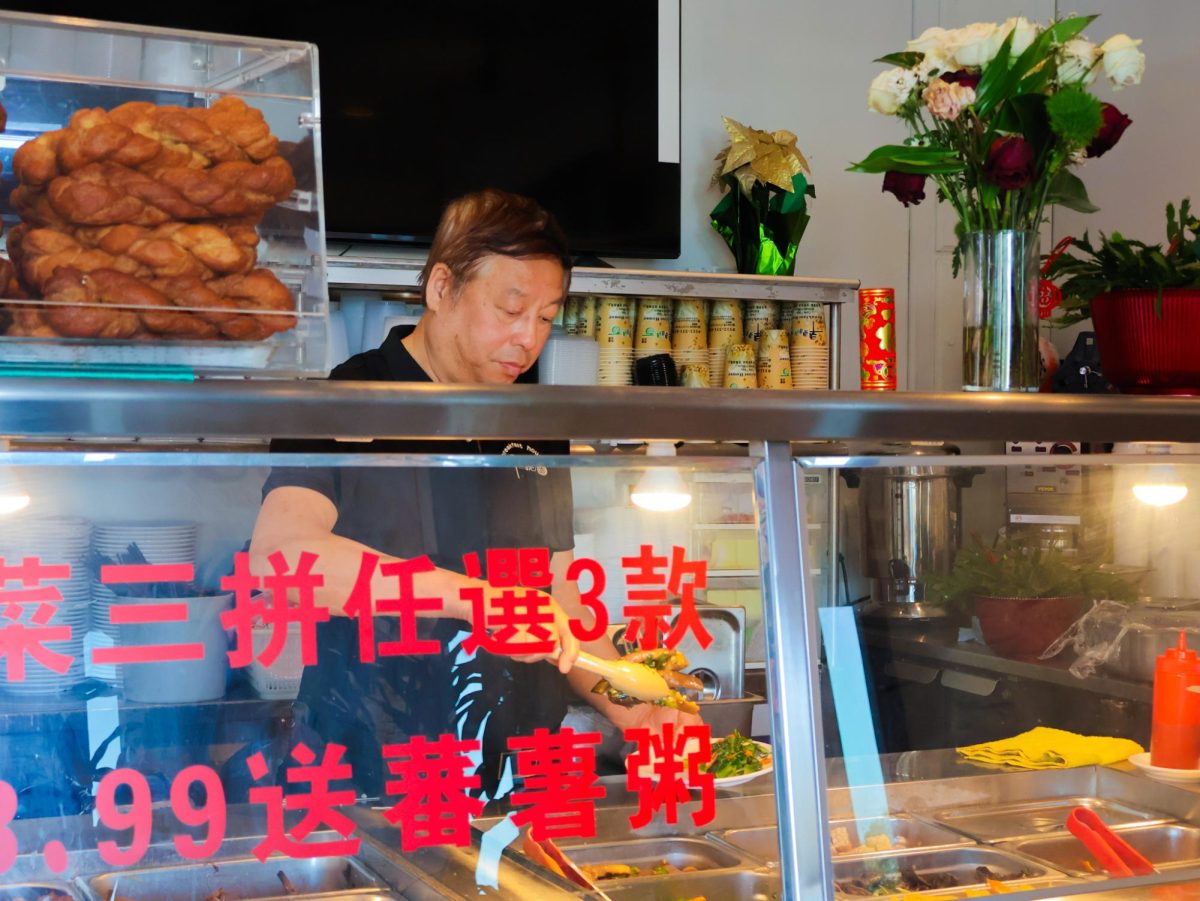
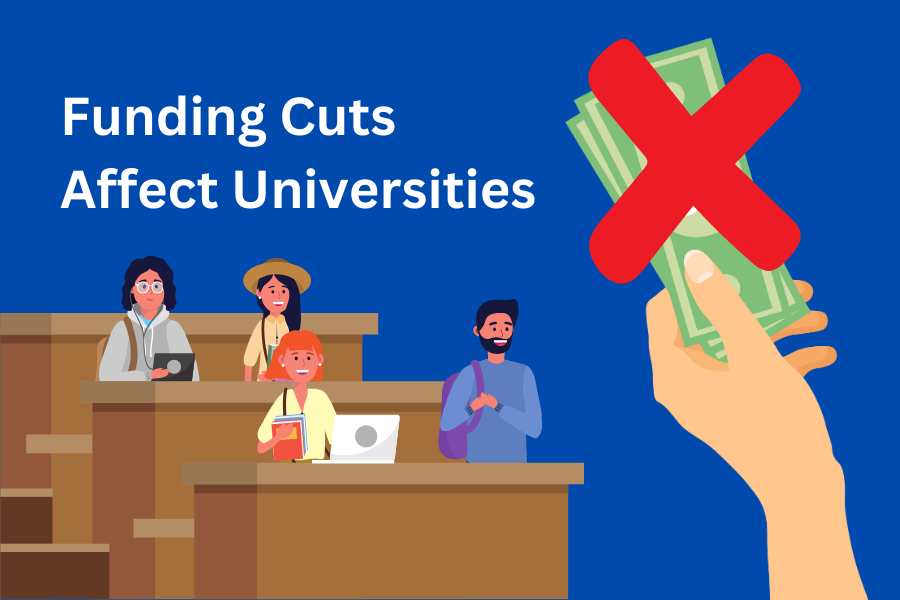

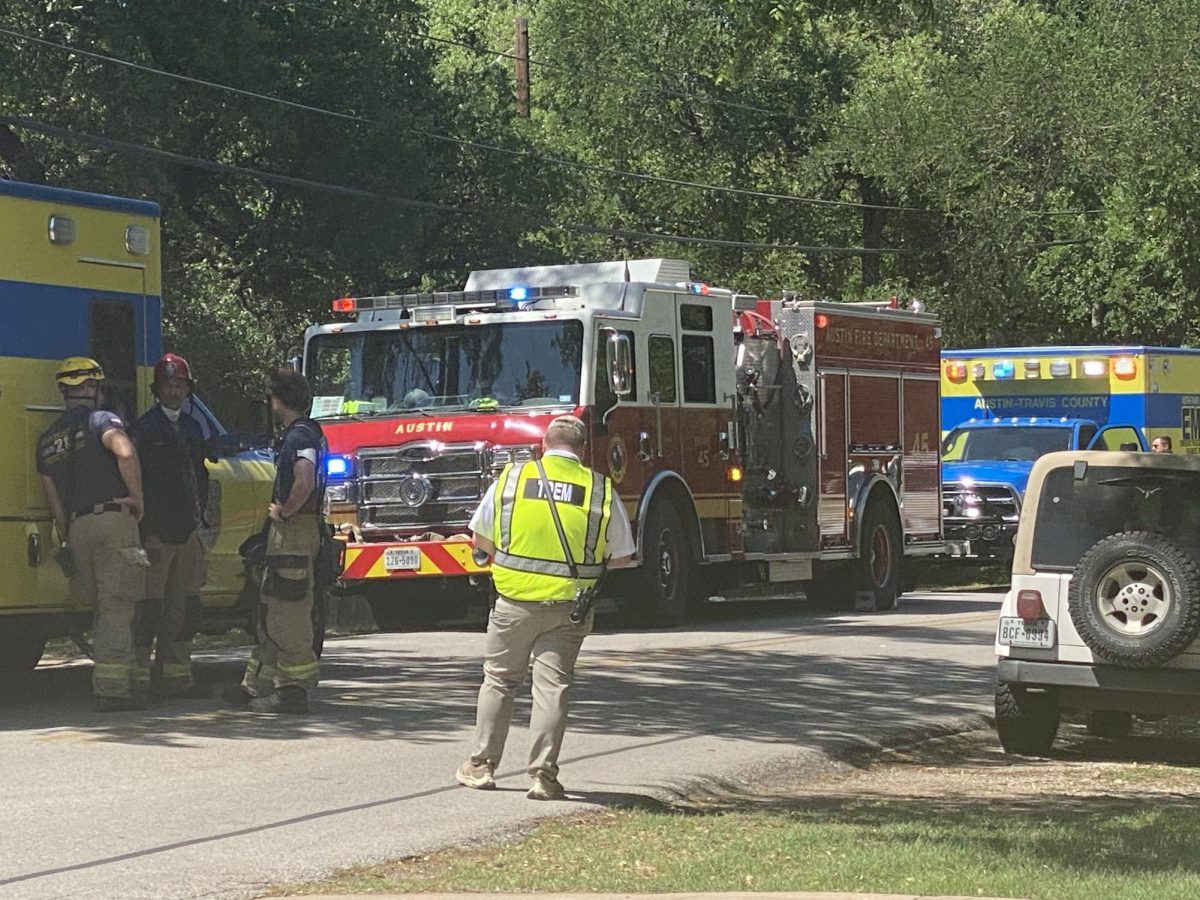
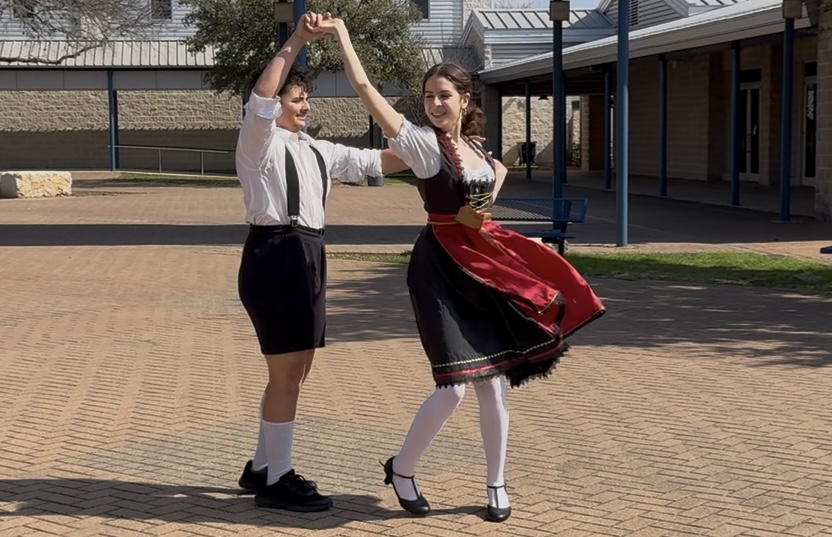
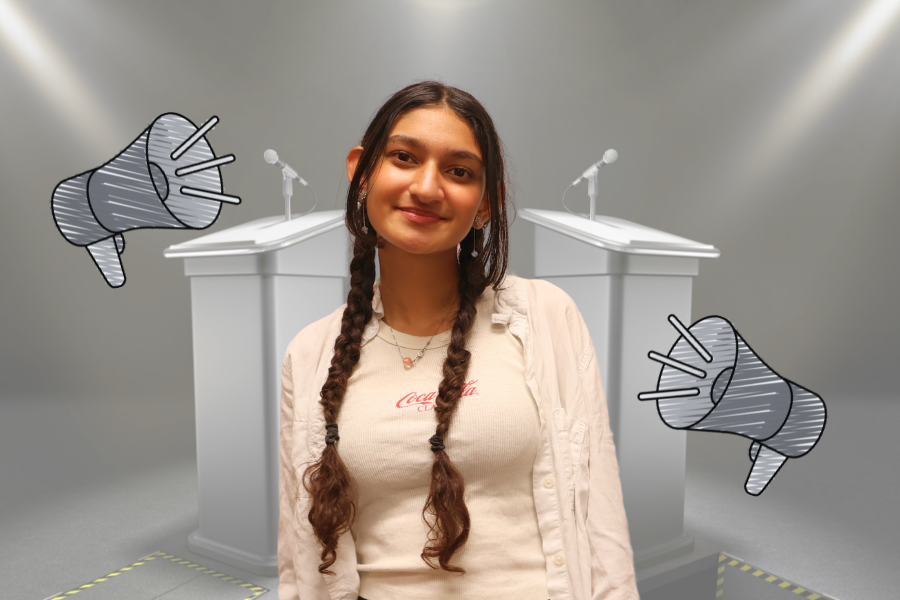
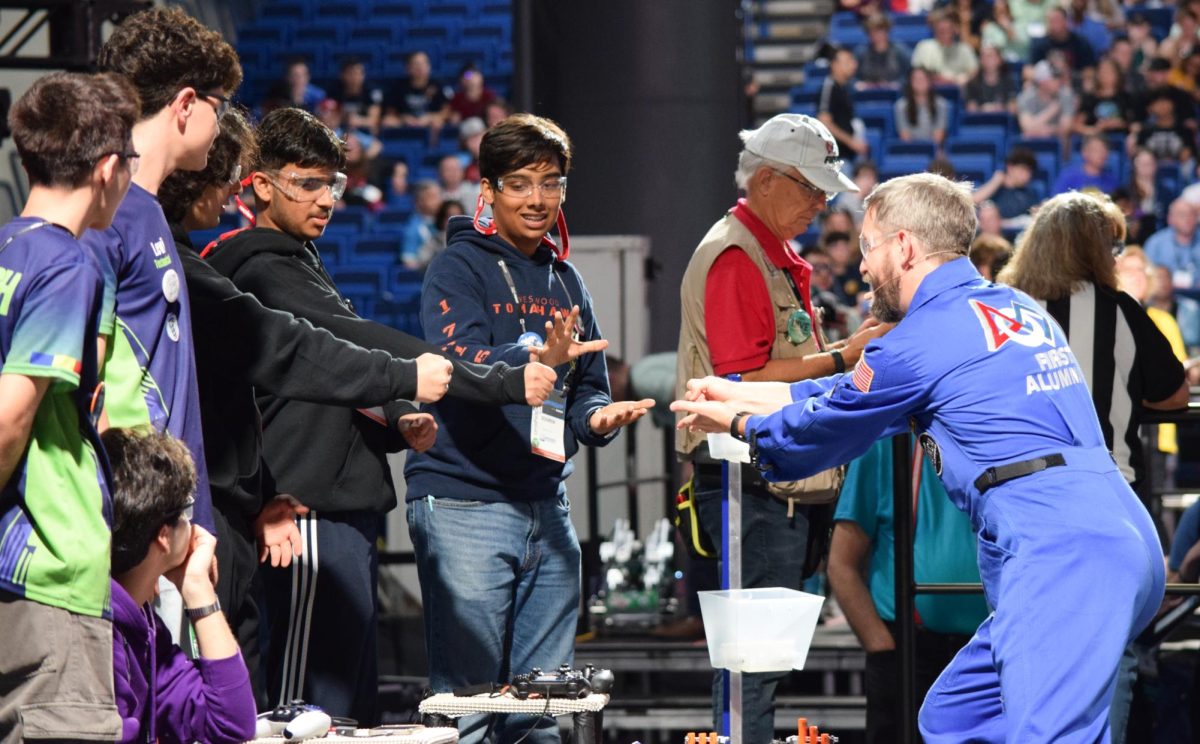
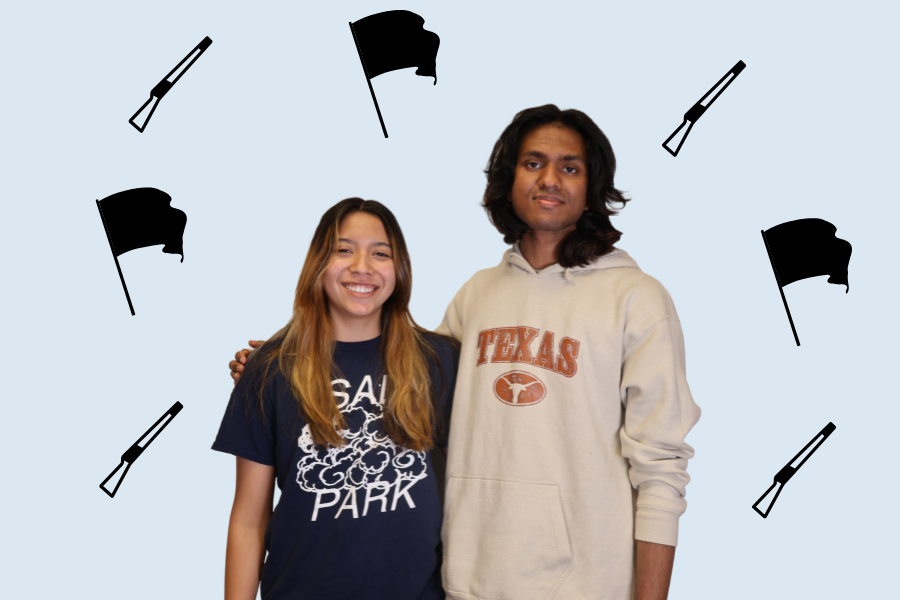
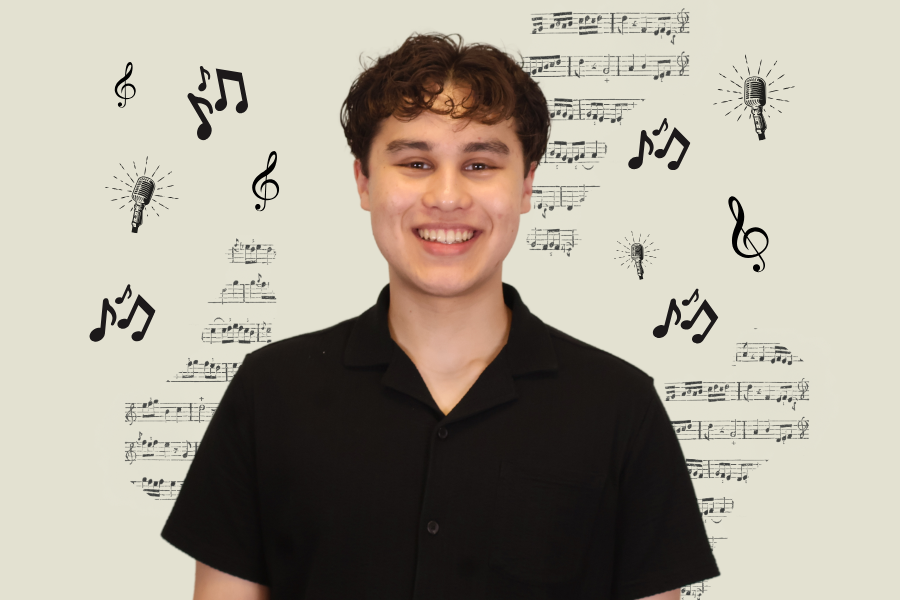

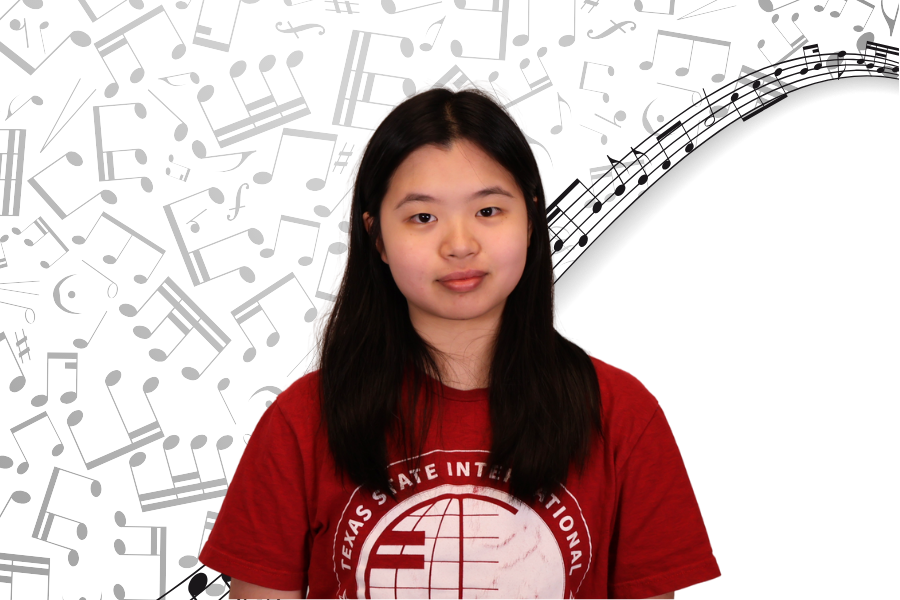
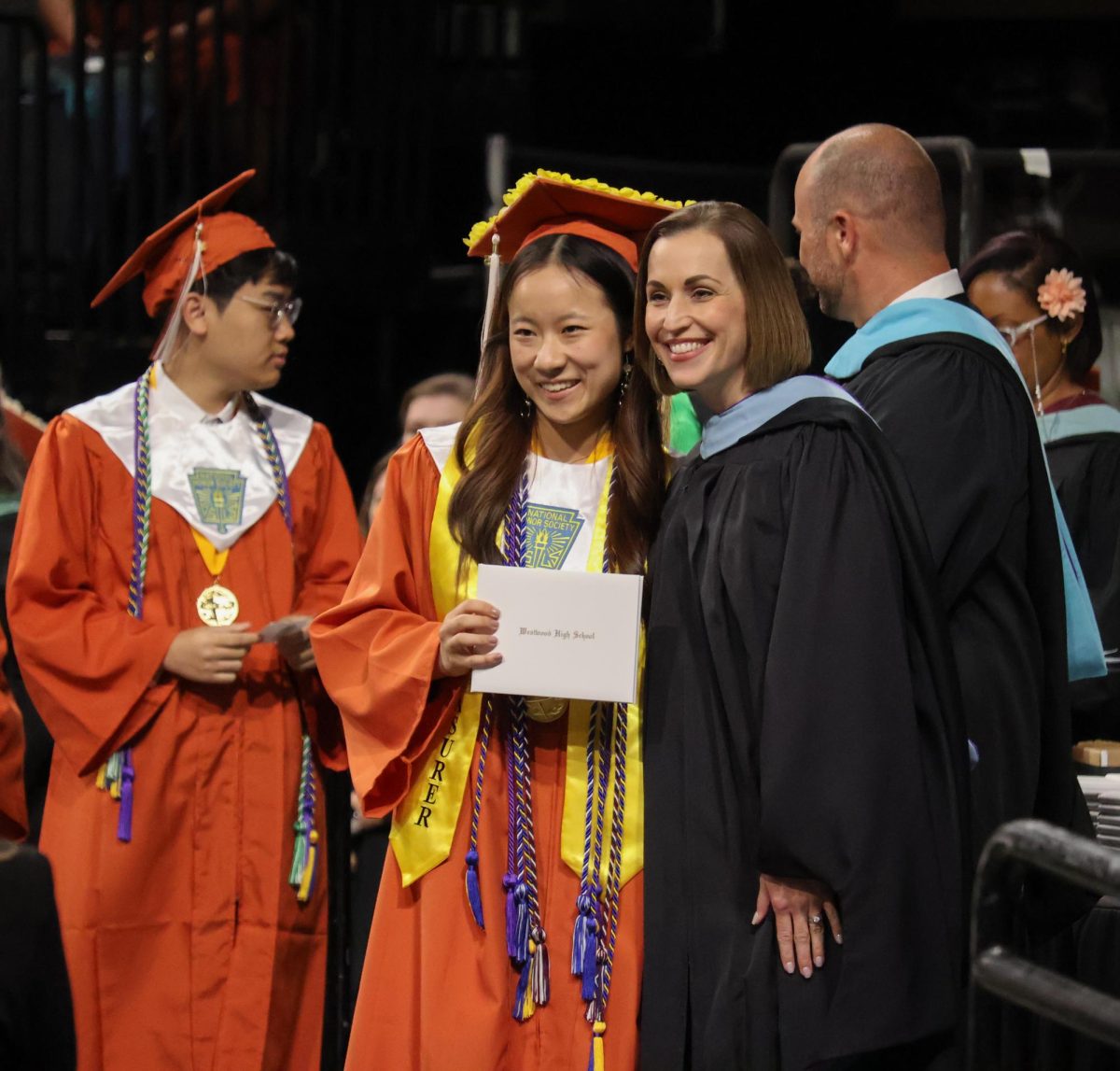
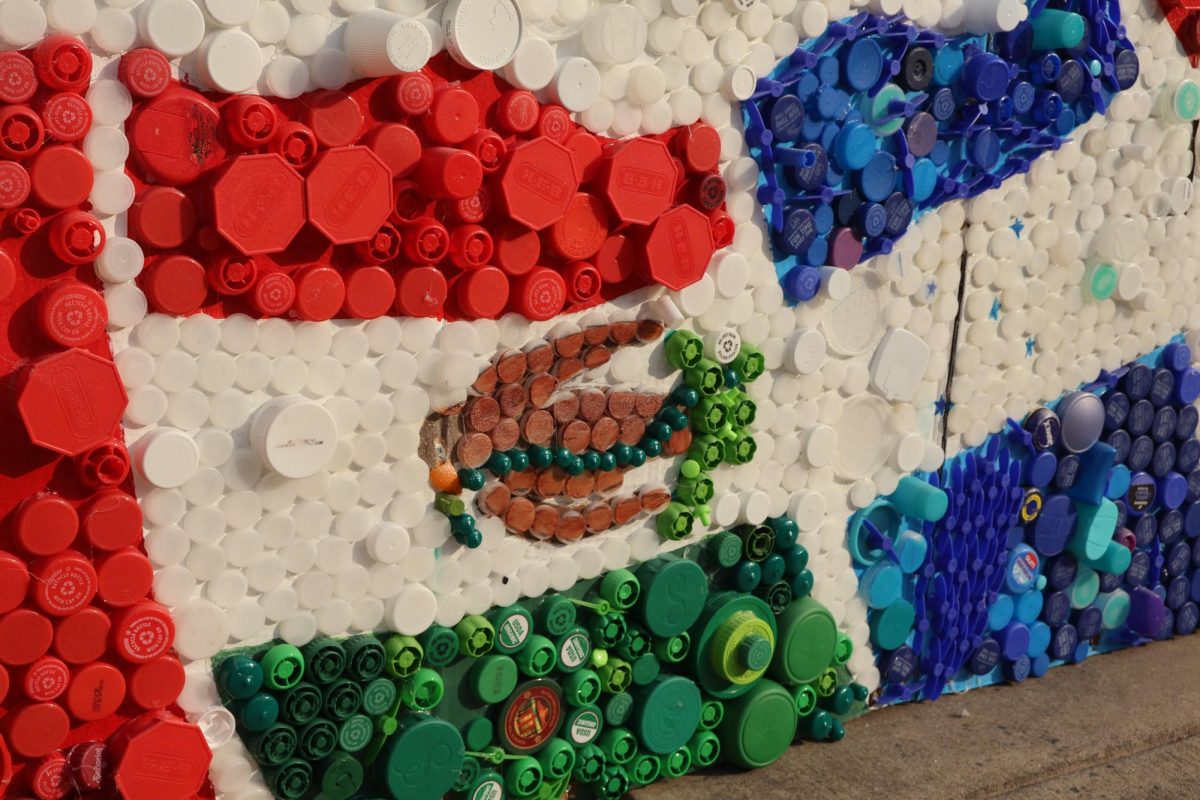

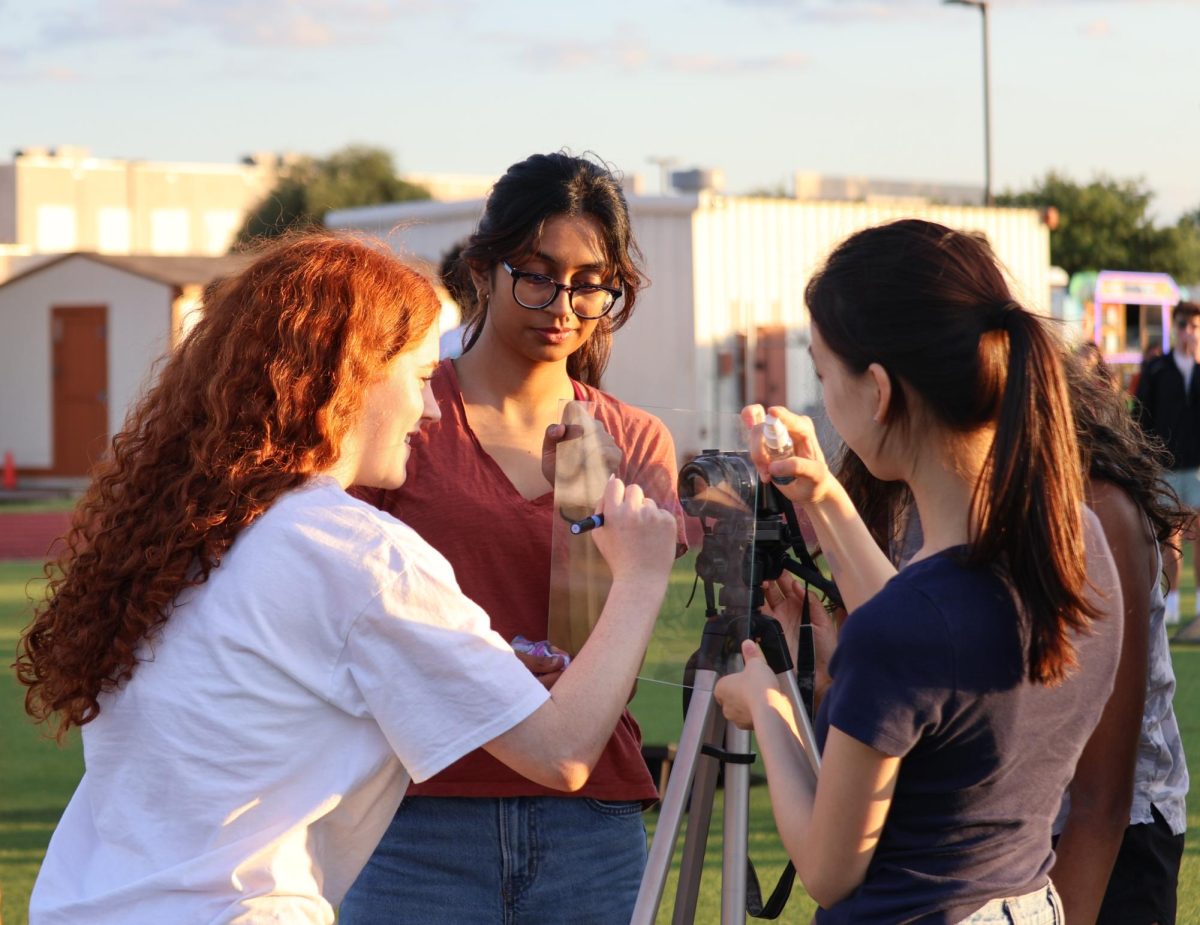
![Holding her plate, Luciana Lleverino '26 steadies her food as Sahana Sakthivelmoorthy '26 helps pour cheetos into Lleverino's plate. Lleverino was elected incoming Webmaster and Sakthivelmoorthy rose to the President position. "[Bailey and Sahiti] do so much work that we don’t even know behind the scenes," Sakthivelmoorthy said. "There’s just so much work that goes into being president that I didn’t know about, so I got to learn those hacks and tricks."](https://westwoodhorizon.com/wp-content/uploads/2025/05/IMG_0063-1200x1049.jpg)

